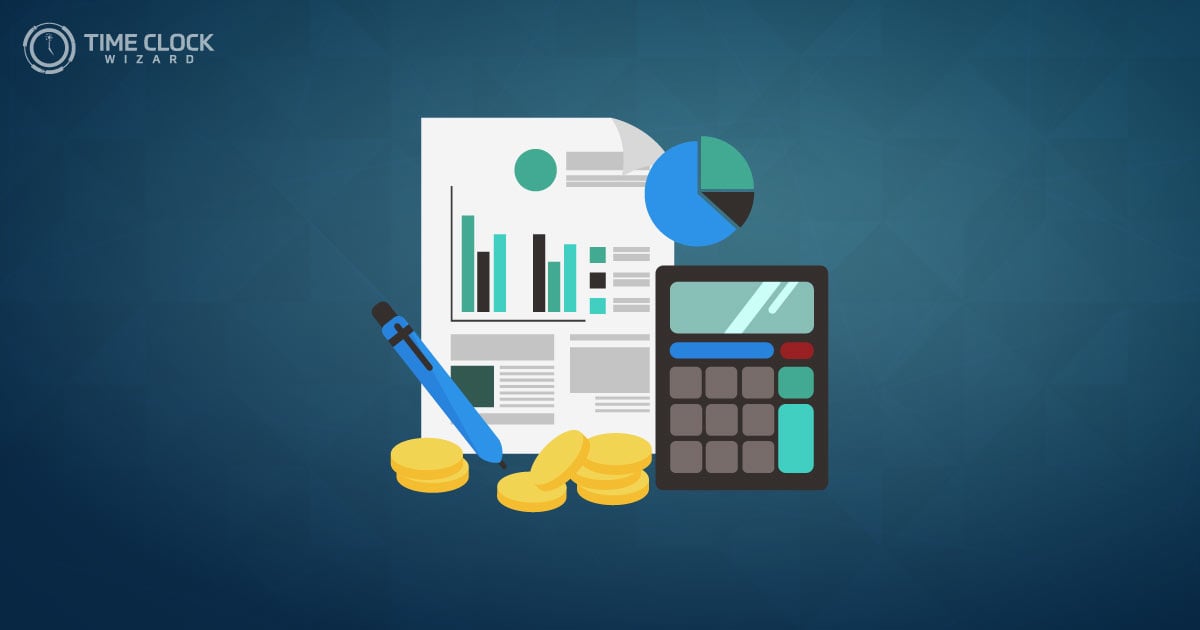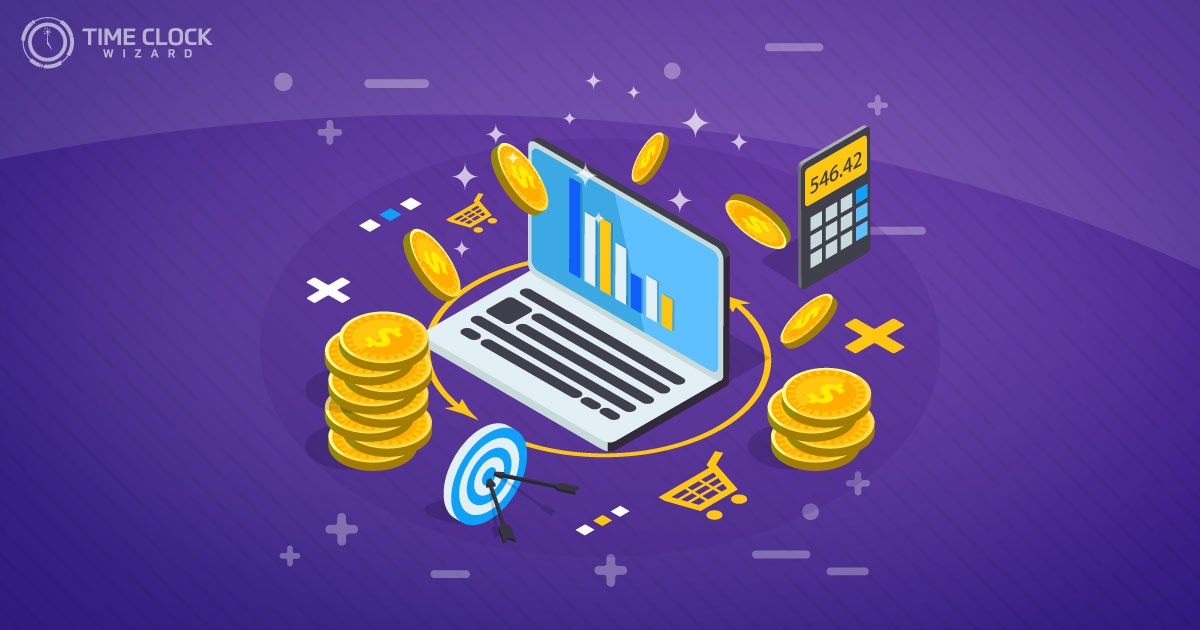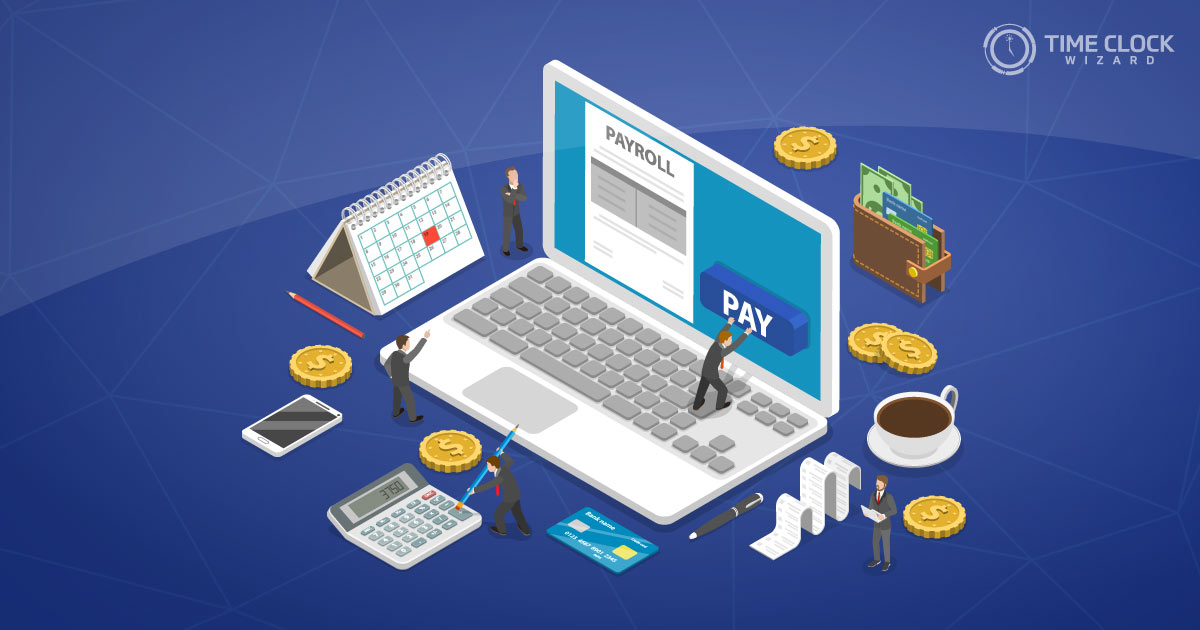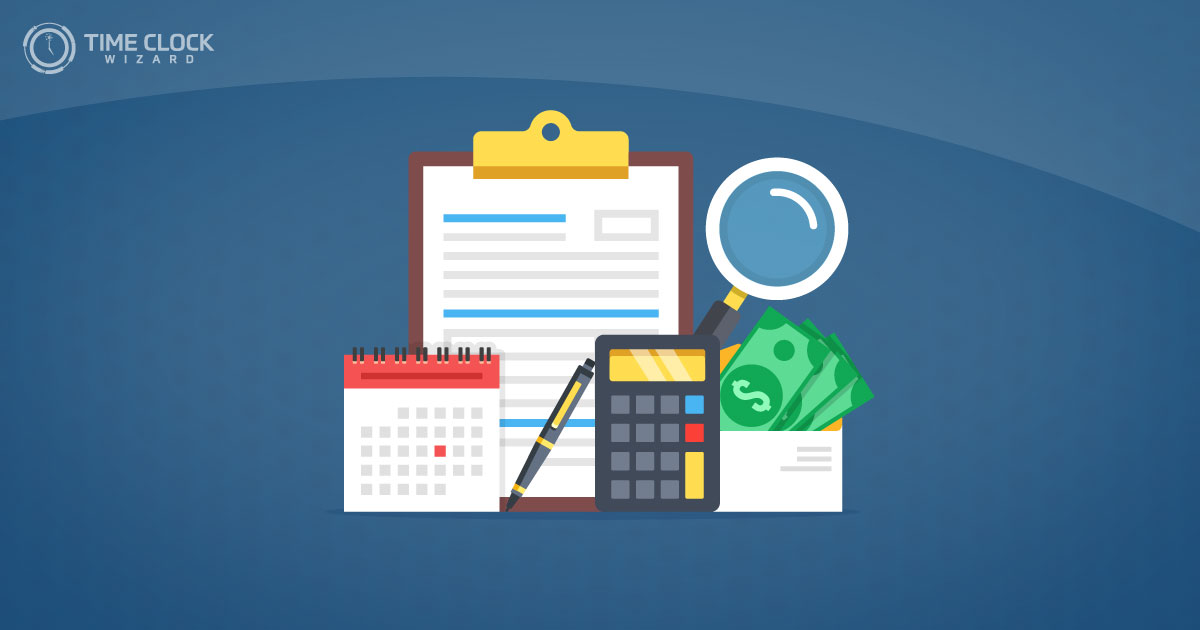
Payroll management is an area that no company can afford to take lightly. In fact, payroll management can be one of the most challenging parts of running a business. These difficulties arise from a number of sources. First, payroll is often tedious and time-consuming. Second, it’s an area where it’s easy to make costly mistakes. The list of these problems could go on and on, but the right tools can help you avoid the worst of them. Whether you’re talking about a simple salary paycheck calculator or something a little more advanced, there’s help out there.
Continue reading to find out how payroll software for small business can benefit everyone involved in the ‘payroll management equation‘.
Using Payroll Software to Solve a Complex Equation
There are two sides to what we call ‘the payroll management equation.’ On one side, you have the typical hourly employee. In terms of their salary, the typical employee’s needs are fairly straightforward. They want to be compensated promptly and accurately for every hour they work. Employees want their paid time off to record properly. They also need transparency and easy access to their payroll reports. Perhaps most importantly, employees don’t like payroll surprises– they tend to be much happier when they know what salary to expect.
On the other side of the equation, you have the employers themselves. Employers share many of their employees’ payroll needs, but the reasons behind them are often quite different. Like their employers, payroll departments want simplicity, transparency, and easy access to payroll numbers. And they certainly don’t want payroll surprises any more than their employees do.
We’ll discuss the ways in which payroll software can achieve the desired results for both of these sides in just a moment. But before we do that, we need to make an important point about the different ‘sides’ of the payroll equation. The payroll equation model is just that– a model used to describe the payroll process. And the division into different ‘sides’ is simply an ad hoc way to illustrate this model.
In short, there needn’t be any opposition between companies and employees in this regard. Each party wants the same things in the end. That being said, let’s have a look at what a salary paycheck calculator and other ways of online payroll can do to help from the employee’s point of view.
Using a Salary Paycheck Calculator to Avoid Unnecessary Surprises
Like we’ve already said, employees need to know what to expect at the end of their paycycle. This applies to both hourly and salaried employees, but hourly employees tend to see more variability from week to week. One great tool for hourly employees is a salary paycheck calculator. Here’s how these convenient online platforms typically work.
A salary paycheck calculator is a free online tool that employees can use to estimate their earnings during a given paycycle. Here’s a summary of how a paycheck calculator typically works:
- A salary paycheck calculator is a free online tool used to calculate after-tax wages.
- The employee inputs pertinent payroll information into the required fields.
- This information includes things the check, state of residence, gross pay, and the length of your pay period.
- The calculator also asks for the gross pay you’ve received to date and any relevant tax exemptions.
- Additionally, the software also asks for information about your filing status and the state and local levels.
- Lastly, the calculator asks for voluntary deductions like 401k or HSA contributions.
Once an employee has filled in the necessary information, the platform will estimate how much after-tax wages they will receive. It’s important to note, however, that these tools estimate what the employee should receive. They are not designed to calculate taxes exactly. Nor should you rely on them for tax advice at any time.
But these disclaimers aside, a salary paycheck calculator is a great tool for estimating how much you should receive on a given paycheck. It’s also important to note that the tools we’ll discuss in the following sections benefit the employee as well.
Solving the Accountability Problem with Time Clock Software
Employee accountability is one of the chief drivers of business success. Companies thrive when employees are positioned in a way that maximizes their contribution to a given project. Unfortunately, this level of coordination is harder to achieve than it might sound. This is where payroll software comes in.
The right payroll software lets you zoom in on a significant part of the ‘accountability problem’ and take measures to solve it. It tells you where everyone is and what tasks they’re currently working on. These platforms can also assist you in making accurate cost-benefit analyses.
Accountability is a recurring problem for many companies. This is especially true if your employees spend a great deal of time working outside the office. The best businesses know what their staff is doing at any given part of the workday. Just as importantly, they also need to know whether or not this time is being used effectively. And while every company uses a slightly different approach to accountability, time clock software plays a central role in many of them.
Time Clock Software: What it is and How it Works
The term ‘time clock software’ can refer to a number of different tools. Some forms of time clock software are standalone tools, while others can be integrated seamlessly into other company systems as well. The best choice for your company depends on its specific needs, so don’t be afraid to experiment with a few different platforms before making a final decision.
Essentially, time clock software is a set of cloud-based tools that allow companies to track employee work hours in a number of different ways. First, it lets you track the number of hours an employee has actually worked during a given paycycle. Additionally, it can track the amount of paid time off an employee has accrued and can help with strategic shift planning. These capabilities alone show how useful time clock software can be to employees and employees alike, but some tools go even further.
- Different types of time clock software often very different features, but here’s a summary of the basics:
- Time clock software is easy to access and use, even for those with little computer experience
- Because time clock software is cloud-based, employees can use an app to clock in and out anywhere in the world
- Most time clock software lets you place a dedicated time clock app in a central location
- It allows supervisors to monitor employee hours in real time
- Some time tracking software uses GPS technology to monitor an employee’s whereabouts
- Both Mac and PC compatible versions are available
- Time clock software can be used to track freelancers as well as hourly or salaried employees
Keep in mind that this is not an exhaustive list. It should give employers a fair idea of the immense potential of time clock software but do your own research to learn more.
Payroll Software for Small Business
The benefits we’ve discussed apply to business both big and small. It might not seem like it, but small businesses can experience the same payroll difficulties as big corporations. This is largely due to the scarce resources small businesses typically have to work with. The owners of these businesses already have their the plates full, so it’s easy to neglect payroll management in favor of daily operations.
Fortunately, payroll for small business offers a solution. For a relatively small investment, you can automate your payroll procedures and let key staff members do what they’re best at. This investment begins by taking the time to locate the right tool. Several things should factor into your final decision:
- Affordability and cost-effectiveness
- Features that go beyond the bells and whistles and actually meet your company’s needs
- Simplicity, short training times, and easy access
- Optimal levels of employee and customer support.
A little trial and error can go a long way toward making the best decision. If you own a small business, do yourself a favor and check out your options today.
The Accountability Problem Part Two: Employee Time Theft
If you recall, we talked about the employer side of accountability up above. But as you probably already know, there’s another side to the accountability problem as well. This part of the accountability problem consists largely of employee time theft. Research suggests that the average employee milks the clock for at least an hour a day. And this number is often much larger.
Payroll software addresses this problem directly. It streamlines time tracking procedures, helps keep employees truly accountable, and gives managers time to focus on administrative duties and customer satisfaction. Employee time theft is an unfortunate reality, but it’s something business owners have to confront directly. Time clock software can help you do this with minimal effort.
But again, the benefits of payroll software apply to every business and cut across industry lines. Today’s economy demands a level of efficiency that’s very difficult to achieve. Effective payroll management plays a critical role in this efficiency. Not only does it allow for hands-free payroll solutions, but it can also improve employee morale and increase customer satisfaction. And in the end, that’s what it’s all about.







